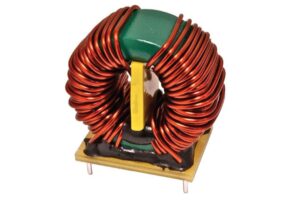A common mode choke is an electromagnetic component that blocks high frequencies by passing direct currents (DC) and alternating currents (AC) through an electrical circuit. The choke gets its name because it blocks or “chokes” high-frequency signals while low-frequency signals pass through. This blog will cover the various aspects of common mode chokes and address…
